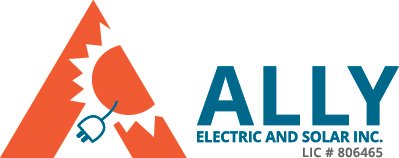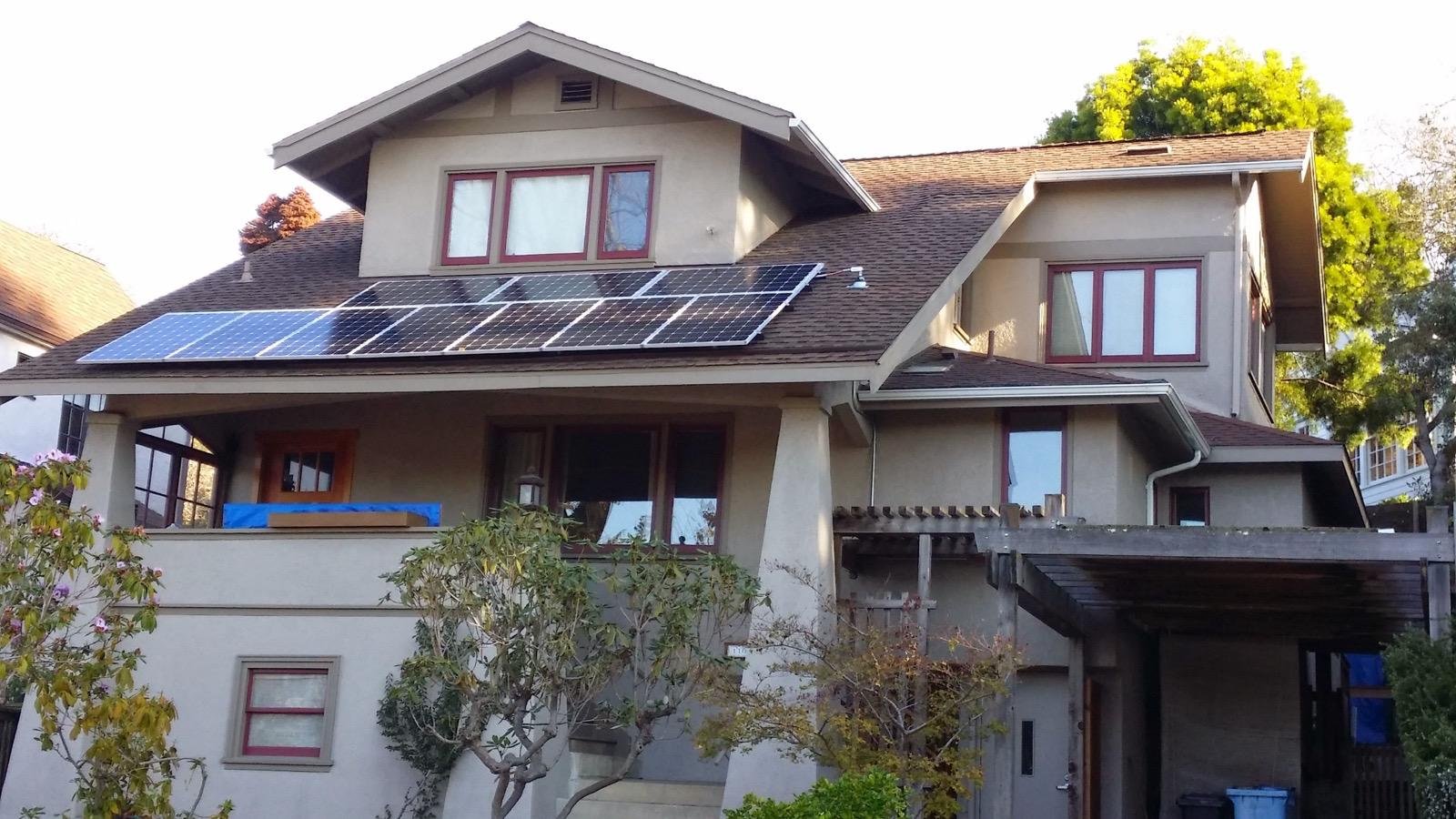Q1 2024 Solar Market Overview: A Record-Breaking Quarter and Its Impact on Homeowners
As we enter 2024, the U.S. solar market has made headlines with astonishing growth, installing 11.8 GW of solar capacity in the first quarter alone. This not only sets a record for the first quarter of any year but also marks the second-largest quarterly total in the history of the solar industry. At Unicorn Solar, we understand that homeowners facing high utility bills are particularly interested in how these developments can lead to long-term savings and energy independence.
Solar Power: A Solution to Rising Utility Costs
In Q1 2024, solar energy accounted for 75% of all newly added electricity-generating capacity in the U.S. This shift underscores how more and more homeowners are turning to solar as an effective solution to combat rising electricity costs. With solar panel systems, you can significantly reduce or even eliminate your monthly utility bills, making a proactive choice for your financial future.
Domestic Manufacturing Boost Promises Benefits
Another encouraging trend is the increase in domestic solar module manufacturing capacity, which rose to 26.6 GW in Q1 2024 from 15.6 GW in Q4 2023. This growth is essential as it signifies a move toward locally made solar solutions that can help ensure reliable supply chains and potentially lower costs for homeowners. As this capacity ramps up, you can expect a greater variety of affordable solar options available.
State Highlights: Where Homeowners Can Benefit
Florida and Texas emerged as leaders in solar installations during Q1 2024, with 2.7 GW and 2.6 GW installed, respectively. These states have made substantial investments in utility-scale solar projects that can help lower energy prices for residents. If you live in these regions, you have a unique opportunity to explore solar options that could reduce your reliance on traditional electricity sources.
Residential Sector Challenges and Opportunities
However, the residential solar segment faced challenges, with installations dropping to 1.3 GW—the lowest since Q1 2022. This decline is primarily due to regulatory changes, particularly in California, where shifts in net energy metering have led to confusion and hesitancy among homeowners. If you’ve been contemplating solar, now is the time to act as new regulations may impact future installations and financial incentives.
Robert Benedict shared his personal experience, highlighting how even solar users could see increased bills when not considering their entire utility strategy. This emphasizes the importance of making informed choices and potentially advocating for better pricing structures with local utilities.
Commercial and Community Solar: Options for Homeowners
While the commercial solar segment remained steady, with 434 MW installed in Q1 2024, and the community solar sector also matching last year's figures, both areas experienced a decline from Q4 2023. Homeowners interested in community solar arrangements can still find options that allow them to benefit from shared solar resources, even if they cannot install systems on their own properties.
Utility-Scale Solar: A Game-Changer for Energy Rates
Utility-scale solar installations soared to 9.8 GW in Q1 2024—the largest first quarter for this segment ever recorded. These large projects are critical in reducing energy costs for consumers, as they create economies of scale that can lead to lower electricity prices across the board. As these projects come online, it’s an excellent opportunity for homeowners to take advantage of lower rates driven by renewable energy growth.
Navigating Policy Changes for Homeowners
In recent months, the solar industry has faced various policy shifts, including increased tariffs on imported solar modules. While these changes may appear daunting, the overall outlook remains favorable for homeowners interested in solar. The market is expected to maintain a consistent installation pace, allowing for increased competition that can ultimately lower costs for consumers.
Looking Ahead: Your Path to Energy Savings
Despite the projected flat growth in the solar market over the next couple of years, there’s still a considerable opportunity for homeowners to transition to solar. As demand stabilizes and residential solar options become more diverse, now is the perfect time to explore how solar can offset your high utility bills.
By investing in solar energy, you not only take control of your energy costs but also contribute to a more sustainable future. Don’t wait for changes in the market or regulations—reach out to Unicorn Solar today. Our team is here to help you navigate your options, assess your unique needs, and empower you with the right solutions to make solar work for your home. Together, we can turn your high utility bills into energy savings and a brighter tomorrow.
The Dangers of Federal Pacific Electric Panels (FPE) and Why You Should Replace Them
When it comes to home safety, few things are as critical as your electrical system. One component that many homeowners might not even think about—but should— is the electrical panel. Specifically, homes equipped with Federal Pacific Electric (FPE) Stab-Lok panels face a higher risk of electrical fires and other safety hazards. In this blog post, we'll explore why FPE panels are dangerous and why replacing them is essential for the safety of your home.
What is a Federal Pacific Electric Panel?
Federal Pacific Electric (FPE) was a popular manufacturer of circuit breaker panels from the 1950s through the 1980s. Their Stab-Lok panels were installed in millions of homes across the United States. Unfortunately, over the years, these panels have been linked to serious safety concerns, including a high rate of failure in properly shutting off electricity during a short circuit or overload.
Federal PACIFIC PANEL
The Design Flaw: Why FPE Panels Are Dangerous
The primary issue with FPE panels lies in their circuit breakers. Normally, if there is a surge of electricity or a short circuit, a circuit breaker is supposed to "trip," cutting off the flow of electricity to prevent overheating and fires. However, FPE Stab-Lok panels have been shown to fail at tripping properly, sometimes as much as 60% of the time.
This means that, even in dangerous situations, electricity may continue to flow through the wiring, leading to overheating, potential electrical fires, and other hazardous conditions. Simply replacing the breakers does not fix the design flaw in the panel itself, leaving homes vulnerable to these risks.
Common Problems with FPE Stab-Lok Panels:
Breakers Fail to Trip: The most dangerous issue is the failure of breakers to trip during electrical surges, leading to overheating.
Overheating and Fire Hazards: With electricity continuing to flow unchecked, there’s a significantly higher risk of fire.
Loose Connections: Poor design can lead to loose connections within the panel, which exacerbates the fire risk.
Outdated Technology: These panels were built decades ago and don’t meet modern safety standards.
How to Know If Your Home Has an FPE Panel
If your home was built between the 1950s and 1980s, there’s a chance it might have a Federal Pacific Electric panel. You can check by looking at your main electrical panel—often found in garages, basements, or utility rooms—and looking for the brand name "Federal Pacific Electric" or "Stab-Lok" on the cover or the breakers.
If you’re unsure or concerned, it’s always best to have a licensed electrician inspect your panel.
Why You Should Replace Your FPE Panel
Even though FPE panels have been in homes for decades, that doesn’t mean they’re safe. The risks increase as the system ages, and continued use of an FPE panel is a serious liability. Most electricians, home inspectors, and insurance companies recommend replacing these panels due to their well-documented hazards. Many insurance companies may even deny coverage or raise premiums if they find an FPE panel in your home.
We Can Help
At Ally Electric And Solar, we specialize in electrical panel replacements, including upgrading outdated and dangerous FPE Stab-Lok panels. Our licensed and certified electricians will ensure your new panel meets current safety standards, giving you peace of mind and protecting your home from electrical hazards.
Why Choose Us?
Licensed and Insured: We are fully licensed, insured, and committed to providing top-quality service.
Safety First: We prioritize the safety of your home and your family by installing modern, reliable electrical panels.
Expertise: With years of experience, we know how to properly assess, replace, and upgrade electrical panels with minimal disruption to your home.
Conclusion
If your home has a Federal Pacific Electric panel, it's time to consider replacing it. The risks far outweigh the costs, and upgrading your electrical panel ensures your home meets today’s safety standards. Don’t wait until an electrical issue turns into a fire—take action now.
Contact Ally Electric And Solar today at (510) 559-7700 for a consultation and keep your home and family safe.
Understanding the Electrical Survey Requirement for Home Insulation
Why Is an Electrical Survey Required?
According to Article 324-4 of the National Electrical Code (NEC), 1990 Edition, and Part 3 of Title 24 of the California Code of Regulations, a thorough electrical survey is mandatory before insulating your home. This measure is designed to protect both your home and its occupants, ensuring that the existing electrical wiring is safe and reliable.
When it comes to home insulation, ensuring that your electrical system is up to code is crucial. If you're planning to insulate your attic, walls, or floors, you might encounter a notice like the one below. This electrical survey is not just a formality; it’s a necessary step to comply with safety regulations.
Why Is an Electrical Survey Required?
According to Article 324-4 of the National Electrical Code (NEC), 1990 Edition, and Part 3 of Title 24 of the California Code of Regulations, a thorough electrical survey is mandatory before insulating your home. This measure is designed to protect both your home and its occupants, ensuring that the existing electrical wiring is safe and reliable.
Key Points of the Electrical Survey Notice
1. Assessment of Existing Wiring
The electrical contractor conducting the survey will evaluate your current wiring. The condition of your electrical system can significantly impact the effectiveness and safety of insulation installation. The survey will check for:
Deterioration: Signs of wear and tear that could pose risks.
Improper Connections or Splices: Faulty wiring can lead to electrical failures.
Overcurrent Protection: Ensures that your system can handle the electrical load.
2. Tamperproof Protection
If you plan to install tamperproof devices to safeguard your wiring, be aware that this may require adjustments to your electrical usage methods. This is to prevent nuisance tripping of fuses, which can lead to disruptions and safety concerns.
3. Certification of Condition
Based on the survey, the contractor will certify whether your existing wiring is in good condition or requires upgrades. They will specify if any work has been done to bring the wiring up to acceptable standards, such as:
Installing tamperproof overcurrent protection
Updating the service panel with breakers
Repairing faulty connections
4. Approval for Insulation Installation
Once the survey is completed and any necessary repairs are made, the areas eligible for insulation installation will be identified. This can include ceilings, floors, or walls, ensuring that your home meets safety standards before insulation work begins.
5. Filing with Local Authorities
A copy of the certification will be submitted to the local authority having jurisdiction over your area, further solidifying compliance with the relevant codes.
Conclusion
Undergoing an electrical survey before insulation may seem like an additional hurdle, but it is a vital step in safeguarding your home. By ensuring that your electrical system is up to code, you not only protect your investment but also enhance the safety and efficiency of your living environment.
If you're preparing for insulation, make sure to schedule your electrical survey and work closely with your contractor to address any issues. Your home—and your peace of mind—will thank you!







